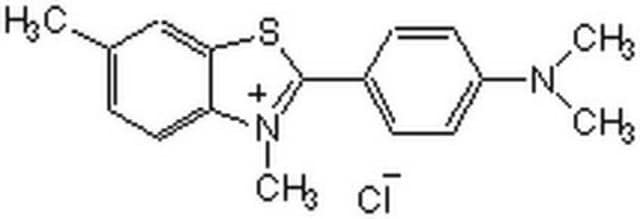HT60
Amyloid Stain, Congo Red
Synonym(s):
Puchtler’s Modification for Amyloid
About This Item
Recommended Products
shelf life
Expiry date on the label.
IVD
for in vitro diagnostic use
application(s)
hematology
histology
storage temp.
room temp
Principle
Kit Components Only
- Congo Red Solution (kit only) 500 mL
- Sodium Chloride Solution, Alcoholic (kit only) 500 mL
- Sodium Hydroxide Solution (kit only) 2 x 12
related product
Signal Word
Danger
Hazard Statements
Precautionary Statements
Hazard Classifications
Carc. 1B - Eye Irrit. 2 - Flam. Liq. 2 - Met. Corr. 1 - Skin Irrit. 2
Storage Class Code
3 - Flammable liquids
Flash Point(F)
57.2 °F - closed cup
Flash Point(C)
14.0 °C - closed cup
Certificates of Analysis (COA)
Search for Certificates of Analysis (COA) by entering the products Lot/Batch Number. Lot and Batch Numbers can be found on a product’s label following the words ‘Lot’ or ‘Batch’.
Already Own This Product?
Find documentation for the products that you have recently purchased in the Document Library.
Customers Also Viewed
Protocols
A stem cell culture protocol to generate 3D NSC models of Alzheimer’s disease using ReNcell human neural stem cell lines.
Our team of scientists has experience in all areas of research including Life Science, Material Science, Chemical Synthesis, Chromatography, Analytical and many others.
Contact Technical Service














